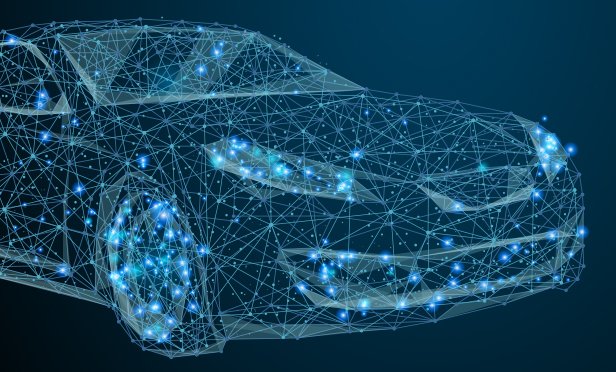 Insurers are changing the claims model for policyholders and utilizing technology in new ways. (Photo: Shutterstock)
Insurers are changing the claims model for policyholders and utilizing technology in new ways. (Photo: Shutterstock)
There's a difference between haste and speed. One leads to wasteful mistakes. The other can set a new benchmark for performance and elevate the customer experience. In auto insurance claims, the right data at the right time can lead insurers past the pitfalls of haste to the rewards of speed. The difference is precision, and there's no faster channel for delivering precise, powerful claims data than telematics.
Recommended For You
Want to continue reading?
Become a Free PropertyCasualty360 Digital Reader
Your access to unlimited PropertyCasualty360 content isn’t changing.
Once you are an ALM digital member, you’ll receive:
- Breaking insurance news and analysis, on-site and via our newsletters and custom alerts
- Weekly Insurance Speak podcast featuring exclusive interviews with industry leaders
- Educational webcasts, white papers, and ebooks from industry thought leaders
- Critical converage of the employee benefits and financial advisory markets on our other ALM sites, BenefitsPRO and ThinkAdvisor
Already have an account? Sign In Now
© 2025 ALM Global, LLC, All Rights Reserved. Request academic re-use from www.copyright.com. All other uses, submit a request to [email protected]. For more information visit Asset & Logo Licensing.








